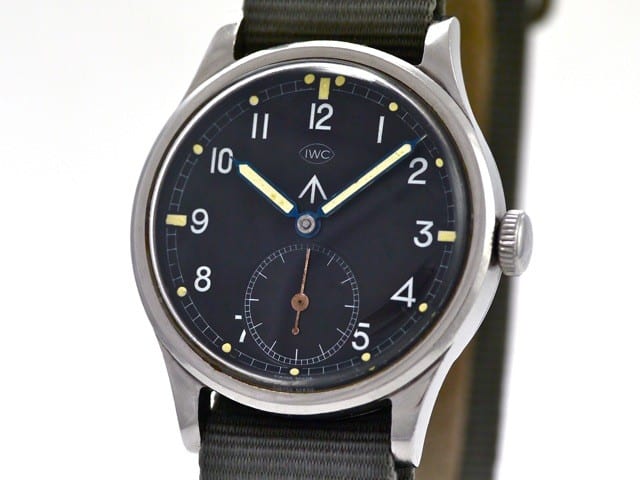The name Spitfire, the most successful fighter and reconnaissance plane of all time, is still a highly evocative one, and not only in England. Air Marshal Clive Spink, one of the world’s last active Spitfire pilots, was rapturous in his enthusiasm: “No aircraft I have flown can evoke the feeling of being in a masterpiece more than when I occupy the cockpit of a Spitfire”. The outstanding role played by the Spitfire in the Battle of Britain ensured the aircraft – of which more were built than any other British plane – of lasting cult status in its home country.
The brains behind the Spitfire was Reginald Mitchell, who had been chief designer with Supermarine since 1918. The company specialized in seaplanes and had become a subsidiary of the Vickers Group in 1928. A short time after this, Supermarine was having a great deal of success with aircraft designed for use on land. In 1929 and 1931, their machines won the much-coveted Schneider Trophy for the world’s fastest plane. The SB.6 reached a top speed of 656 kph and set a new world record, significantly improving its credentials for doing business with the British government. Although Supermarine’s Type 224 failed to gain the approval of the Royal Air Force (RAF), Mitchell was allowed to continue working on his model. He made his big breakthrough in 1936, a happy coincidence since it was also the year of the launch of IWC’s first “Special Pilot’s Watch”. On 5 March 1936, Vickers chief test pilot J. “Mutt” Summers climbed into the cockpit of the first Spitfire prototype and took the aircraft on its maiden flight. Six weeks later, the Type 300 was presented to the powers-that-be from RAF. Government officials and pilots very soon agreed that this was the aircraft of the future. This was also the reason why the Air Ministry was ready to make the cash for its development available immediately. It was this stage of the project that gave birth to the elliptical shape of the wings, which for a long time was to remain characteristic for the aircraft. These, in their turn, were modelled on the wings of a German machine, the Heinkel He 70, which aircraft engine builders Rolls-Royce had acquired for test purposes.
In its day, the Spitfire was a technological and aerodynamic masterpiece. The large wing area enabled it to take extremely tight curves and gave the aircraft its superior manoeuvrability. Contrary to all rumours, it was not at all difficult to fly. As Cliff Spink explains: “It’s a dream to control and reacts to every touch as obediently as a thoroughbred – you cut through the air effortlessly.”






